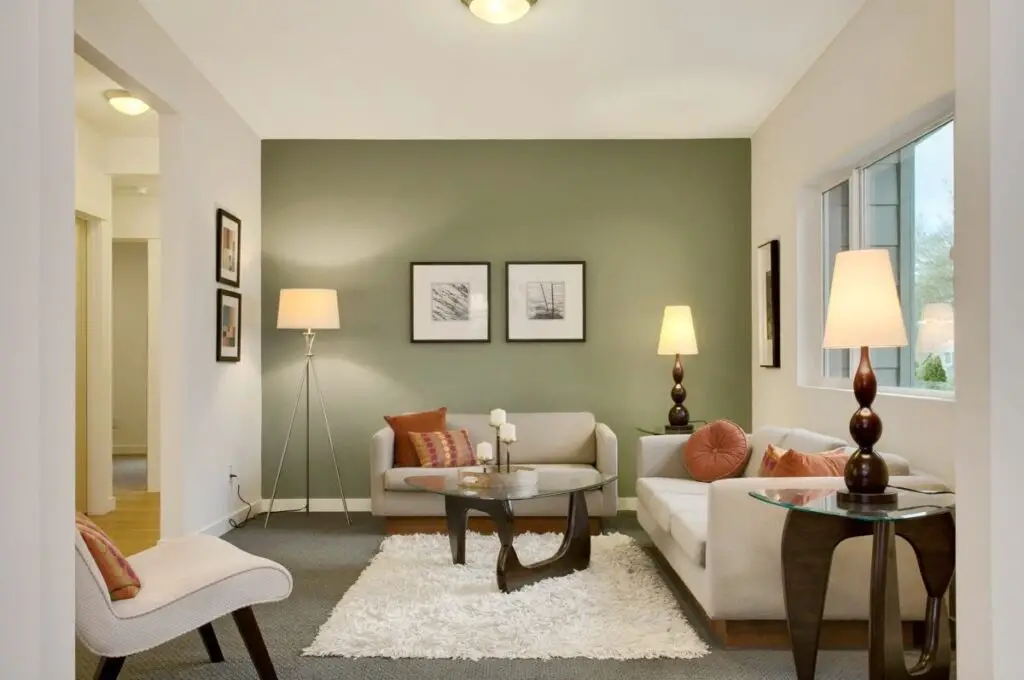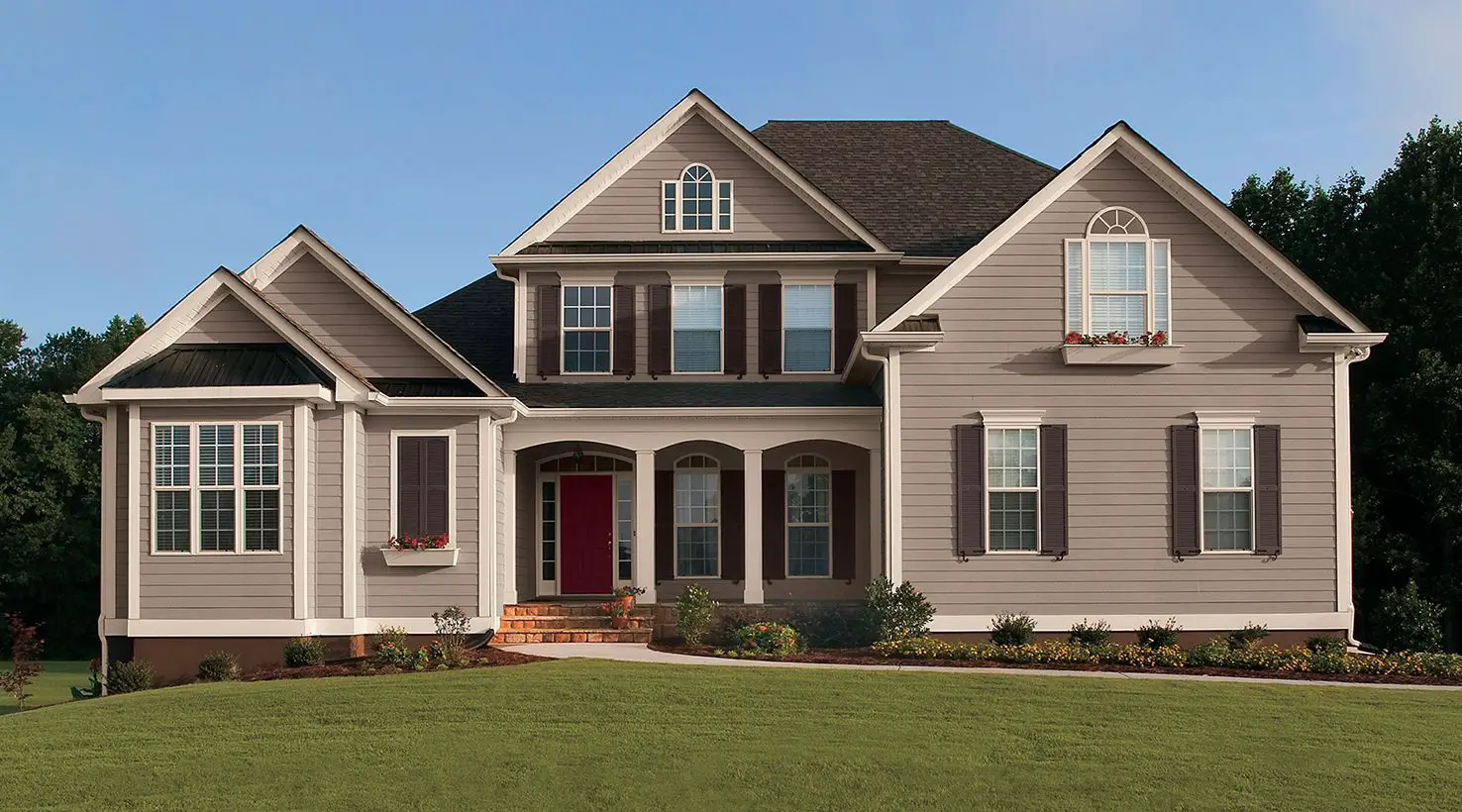What’s The Difference Between Interior And Exterior Paint
Introduction
Difference between interior and exterior paint: Choosing the appropriate paint is essential when painting your home’s interior or outside. Using the wrong paint might damage your surfaces and produce undesirable results. Selecting paint for indoor or outdoor use is crucial. A successful and long-lasting paint job requires understanding the differences between these two types of paint.
Interior paint is designed for indoor use. Designed to withstand daily use, including cleaning and sunshine. Water-based interior paint is easy to clean with soap and water. Since it dries quickly, you can apply additional coats faster. Interior paint is available in flat to high gloss finishes to suit your walls, ceilings, and trim.
Exterior paint, on the other hand, is specially formulated to withstand the harsh elements of the outdoors. It is designed to protect your home’s exterior surfaces from moisture, UV rays, and temperature fluctuations. Unlike interior paint is typically oil-based or latex-based, providing a more durable and weather-resistant finish.

Can you use interior paint for the exterior?
An outdoor surface painted with inside paint will develop aesthetic defects within a season. Avoid painting a building’s exterior using interior paint. Designed to endure interior temperature and humidity changes.
Resin type splits paint for the inside and outside. The resin in paint for the outside is more sturdy and flexible, so it can stretch and shrink with the weather. Keeps things from breaking, peeling, and fading. Paint used inside may not be as flexible or last as long.
Making it more prone to damage when exposed to the elements.
The amount of protection they offer is another important difference between interior and exterior paint. Using on the exterior of a building can lead to a variety of problems. The paint may not adhere properly to the surface, resulting in poor coverage and an uneven finish. It may also be more prone to cracking, peeling, and fading, especially when exposed to the elements. Additionally, using interior paint on the exterior may void any warranties or guarantees provided by the paint manufacturer.
What happens if you use interior paint on exterior walls?
Using interior paint on an exterior surface will result in aesthetic flaws appearing quickly, even within a season. Using on exterior walls can lead to several problems and complications. I When applied to exterior walls, interior paint may not provide the necessary protection and durability required to withstand the elements. One of the main issues with using interior paint on exterior walls is its inability to resist moisture and water damage.
Another problem that can arise from using interior paint on exterior walls is its lack of UV resistance.
By using the appropriate paint for each surface, you can ensure that your walls remain in good condition and maintain their appearance for years to come.
Is exterior paint stronger than interior paint?
Exterior paint also must be tougher and resist peeling, chipping, and fading from sunlight. For these reasons, the resins used in binding exterior paints must be softer. For interior paint where temperature is not a problem, the binding resins are more rigid, which cuts down on scuffing and smearing.
When it comes to choosing paint for your home, it’s important to consider the differences between exterior and interior paint. One common question that arises is whether exterior paint is stronger than interior paint.
Protecting a building’s exterior from the elements is a primary function of exterior paint. I. This is because paint used outdoors must endure the deteriorating effects of time spent in direct sunlight, rain, snow, and other elements. In addition, exterior paint is commonly fortified with chemicals that defend against moisture-related problems including mold and mildew.
Exterior paints are made to withstand the elements.
While exterior paint may be stronger and more durable, it may not be suitable for use on interior surfaces. Using exterior paint indoors can result in a strong odor and may not provide the desired finish. Similarly, using interior paint on exterior surfaces may lead to premature fading, cracking, and peeling.
While exterior paint is generally stronger and more durable than interior paint, it is important to choose the right type of paint for each specific application. Consider the environmental factors, level of wear and tear, and desired finish when selecting paint for your home.
What is the biggest difference between interior and exterior paint?
Composition is a major difference between interior and exterior paint. It’s stain-resistant, easy to clean, and durable. It’s stronger and has ingredients to prevent fading, cracking, and peeling.
Interior and Exterior paint
Another major difference between interior and exterior paint is their appearance. Interior paint is available in a wide range of finishes, including flat, eggshell, satin, semi-gloss, and high-gloss. These finishes vary in terms of sheen and reflectivity, allowing for different aesthetic effects. Exterior paint, on the other hand, is typically only available in a flat or satin finish. This is because a glossy finish can highlight imperfections on the exterior surface and may not be as visually appealing.
The application process for interior and exterior paint also differs. Additionally, exterior paint may require more preparation work, such as cleaning and priming the surface, to ensure proper adhesion and longevity.
In summary, the biggest difference between interior and exterior paint lies in their composition, appearance, and application process. Understanding these differences is important when choosing the right type of paint for a specific project, as using the wrong type of paint can lead to poor results and decreased durability.”
Why is exterior paint so expensive?
Exterior paint is often more expensive than interior paint due to a variety of factors. One of the main reasons for the higher cost is the need for durability and weather resistance. Exterior paint is exposed to harsh elements such as sunlight, rain, snow, and extreme temperatures, which can cause it to fade, crack, or peel over time. To combat these issues, exterior paint is formulated with special additives and pigments that make it more resistant to these damaging factors.
Exterior paint needs to have a higher concentration of binders and resins to ensure better adhesion to surfaces and longer-lasting results. These higher-quality ingredients are more expensive to produce, resulting in a higher price tag for the paint. Exterior surfaces usually require more preparation work, such as cleaning, sanding, and priming, to ensure proper adhesion and a smooth finish. This additional labor adds to the overall cost of the paint job.
Furthermore, exterior paint often comes in larger quantities compared to interior paint.
This is because exterior surfaces, such as walls, fences, and decks, tend to be larger and require more paint to cover. The larger quantities of paint needed for exterior projects contribute to the higher cost.
Lastly, the demand for exterior paint is generally higher than interior paint. Many homeowners prioritize the appearance and protection of their home’s exterior, as it is the first thing people see.
Interior and exterior paint have several key distinctions that make them suitable for their respective applications. One of the main differences is in their composition. Another distinction is in their durability.
How does interior paint differ from exterior paint in terms of composition and durability?
Interior paint and exterior paint differ in their composition and durability due to the specific requirements of each application. Exterior paint also contains additives that enhance its resistance to mold, mildew, and algae growth. Overall, the composition of exterior paint is more robust and durable to ensure long-lasting performance in outdoor environments.
What factors should be considered when choosing between interior and exterior paint?
Durability should also be considered. Less physical damage and environmental factors affect interior surfaces, reducing durability concerns. If longevity is important, use exterior paint for outside surfaces.
Can interior paint be used for exterior surfaces or vice versa?
Using interior paint on exterior surfaces can lead to several issues: It may also crack or peel when subjected to temperature changes and extreme weather conditions.
These compounds can create strong scents and cause health problems, so avoid using outside paint indoors.
Are there any specific characteristics or properties that make interior paint more suitable for indoor use and exterior paint for outdoor use?
Yes, certain features make interior paint better for indoor usage and exterior paint better for outdoor use. Indoor paint can tolerate temperature changes, humidity, and sunlight. Its formulation prevents indoor fading, cracking, and peeling. Exterior paint can withstand rain, snow, UV radiation, and severe temperatures. This protects against moisture, mold, and mildew, which are more probable on outside surfaces. Additives help exterior paint stick to wood, metal, and concrete. Using the right paint for each job improves durability, longevity, and performance.

Conclusion
The difference between interior and exterior paint lies in their composition and performance. One key difference between the two types of paint is their ability to resist moisture. Exterior paint is typically more resistant to moisture and can withstand rain, snow, and humidity without peeling or blistering.
Another difference is the level of durability. Exterior paint is stronger and more wear-resistant. It can tolerate sunlight, temperature changes, and other environmental variables.
Additionally, the appearance of the two types of paint may differ. Interior paint, on the other hand, may have a lower sheen or be available in a wider range of finishes to suit different aesthetic preferences.
In summary, while both interior and exterior paint serve the purpose of adding color and protection to surfaces, they are formulated differently to meet the specific demands of their respective environments. Understanding the differences between the two can help homeowners and professionals choose the right type of paint for their specific needs and ensure long-lasting and satisfactory results.








